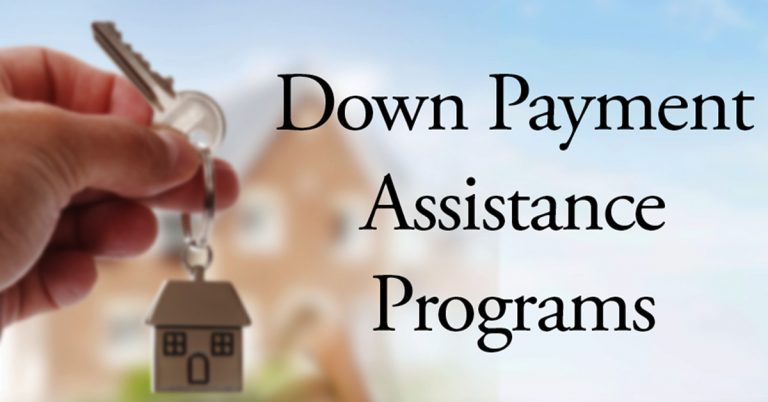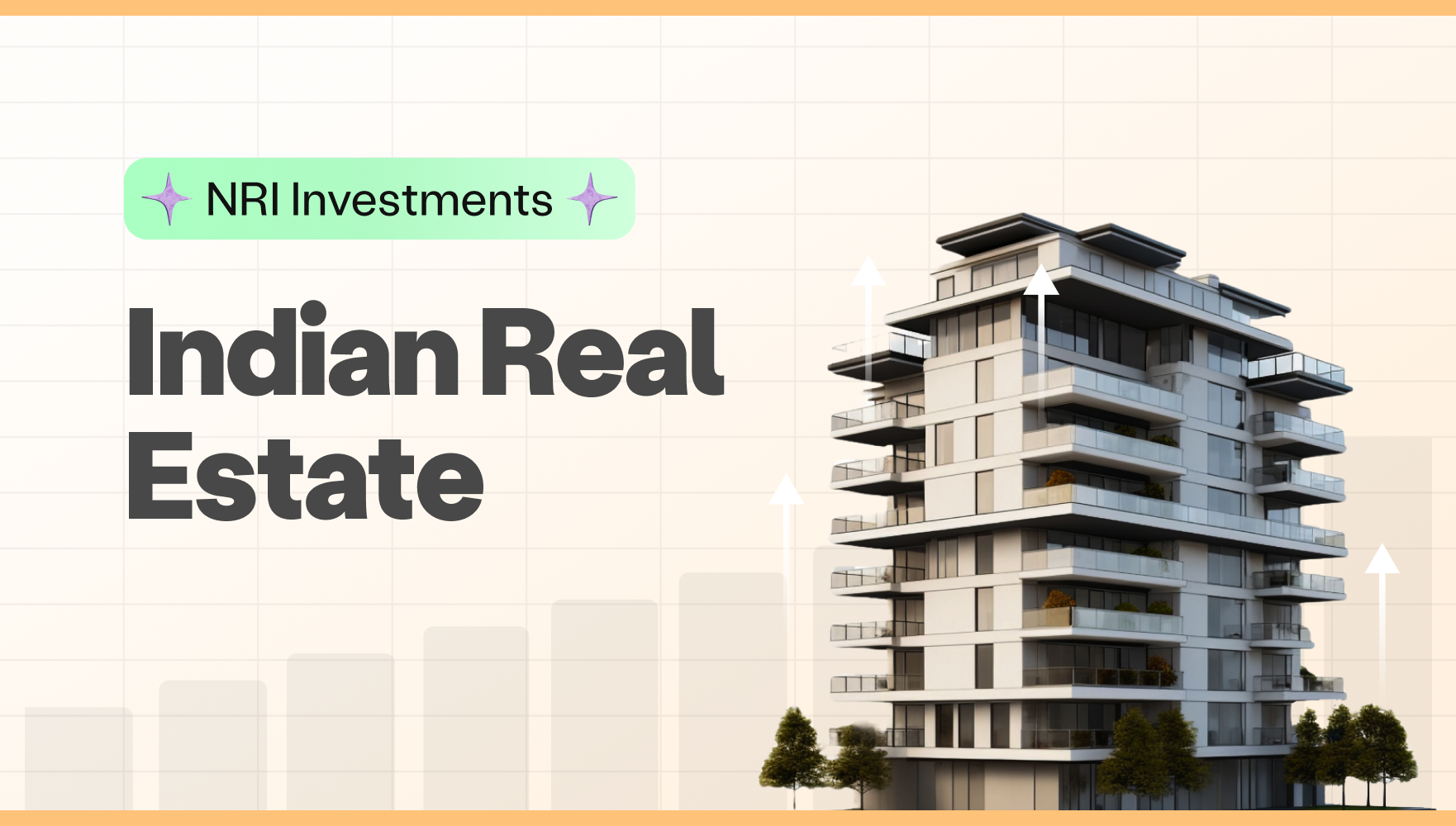For many people, the prospect of owning a home looks out of reach, owing mostly to the significant down payment required. Despite this hurdle, down payment assistance programs shine as a beacon of hope, providing financial aid to bridge the gap between one’s money and the required down payment amount.
This comprehensive guide delves into the specifics of down payment assistance programs, arming you with the information you need to make sound decisions on your route to homeownership.
Down Payment Assistance Programs: What They Mean
Down payment assistance programs are efforts made by federal, state, and municipal governments, as well as non-profit organizations, to assist qualifying homebuyers in decreasing the initial financial costs associated with a down payment. These initiatives take several forms, including subsidies, forgiven loans, and low-interest secondary mortgages.
The Benefits of Utilizing a Down Payment Assistance Program
There are several advantages to using down payment assistance programs, including:
Mitigated Down Payment strain: The key advantage is the ability to significantly reduce the initial financial strain of a down payment, making homeownership a more viable option.
Mortgage Eligibility with Low Credit Scores: Certain programs provide a solution to those with low credit scores by decreasing the required down payment percentage, hence improving the loan-to-value ratio.
Reduced Monthly Mortgage Expenditure: A lower down payment often equates to a lower loan amount, resulting in a more manageable monthly mortgage payment.
Acceleration of Homeownership Realization: By removing the financial barrier posed by the down payment, these initiatives hasten the path to fulfilling the goal of homeownership.
Supplementary advantages: Some programs may provide additional advantages, such as training modules for prospective owners or aid with closing expenses.
Understanding the Eligibility Criteria for Down Payment Assistance
The qualifications for participation in down payment assistance programs vary per program and provider. However, prevalent variables include the following:
Budget Thresholds: Most programs have budget constraints for families with low to moderate incomes.
Credit Score Requirements: Although certain programs tolerate low credit scores, a minimum credit score is usually required.
Geographic and property constraints: Some programs may be geographically restricted or limited to specific property types.
First-Time Homebuyer Status: The majority of programs prioritize first-time homebuyers, as defined by their lack of property ownership within a certain time frame.
Types of Down Payment Assistance Programs
Down payment assistance schemes come in a variety of configurations:
Grants: These are examples of free financial support for a down payment, which generally eliminates the need for repayment.
Forgivable Loans: Similar to grants, these loans need conditional repayment based on specified criteria (e.g., residence requirements).
Low-Interest Secondary Mortgages: These combine into a secondary mortgage with a lower interest rate than normal mortgages, allowing coverage of the down payment but requiring an eventual return.
Deferred Payment Loans: These programs allow you to postpone your down payment payments until you sell the home or refinance your mortgage.
Matched Savings programs: These programs combine your down payment savings up to a certain amount, promoting thrift via a relationship with a financial business affiliated with the program.
Finding the Right Down Payment Assistance Program
Choosing the best down payment assistance package requires thorough research.
Identifying Programs Available in Your Area: Begin by speaking with local housing authorities, state housing finance agencies, community-serving non-profit organizations, and your preferred mortgage lender, who may provide information on programs available in your area.
Researching and Comparing Programs: After identifying viable programs, do a complete comparative study of their registration requirements, programming benefits, payment methods, and any limitations or encumbrances. Utilize internet resources developed to facilitate comparative studies of down payment assistance schemes.
Working with a Mortgage Lender or Housing Counselor: A knowledgeable mortgage lender or housing expert can be beneficial, providing information on various down payment assistance options, guiding you through the application maze, explaining program details, and, possibly, assisting in terms discussions.
Popular Down Payment Assistance Programs by Category
There are several down payment assistance programs available at the federal, state, and municipal levels, with some tailored to certain populations.
Federal Down Payment Assistance Programs: This category includes the FHA 203(b) initiative, USDA Rural Development (RD) Loans, and the Good Neighbor Next Door program, with VA loans including specialized benefits for veterans, including lower down payment requirements.
State and Local Down Payment Assistance Programs: These programs vary significantly depending on the state and municipality. Your state housing office’s website has resources for learning about these programs.
Down Payment Assistance Programs for Specific Homebuyers: Several initiatives are targeted at certain demographic groups, including:
- First-Time Homebuyer Programs: These programs prioritize individuals or families who are just starting out in the real estate market.
- Teacher Next Door Program: The Teacher Next Door initiative is a federal initiative that provides down payment assistance to eligible instructors.
- Homeownership Voucher Assistance Program (HVAP): The Department of Housing and Urban Development (HUD) administers this program, which helps veterans with down payments and closing costs.
- Down Payment Assistance for Veterans: In addition to VA loans, a variety of state and municipal programs provide additional down payment aid tailored specifically for veterans.
Starting an Application for a Down Payment Assistance Program
The Application Process
The process of applying for down payment assistance programs generally includes:
- Compilation of Required Documentation: This includes gathering evidence of income, tax returns, bank records, and credit scores.
- Application Form Completion: Read and fill out the application form carefully, ensuring that all information is shared truthfully and comprehensively.
- Adherence to Submission Protocols: Send the application file to the program supervisor via their specified submission procedures.
- Relevance of Approval Chronology: The time track for approval processing is determined by program demands and the quantity of applications submitted.
Factors Affecting Approval
Several things influence approval prospects:
- Income and Credit Score: The main goal is to meet the program’s income and basic credit rating requirements.
- Property location and value: Some programs may impose restrictions on the location of properties or their assessed values.
- Program Availability: The funding resources for specialized programs may be limited, necessitating timely application submission.
- Meeting Program Requirements: Ensure compliance with all qualifying criteria and program-specific regulations, including residency requirements when appropriate.
Tips for a Successful Application
To increase the chance of software approval:
- Start Early in the Home Buying Process: Proactively research and reserve suitable programs to provide adequate time for application and evaluation.
- Prepare All Required Documentation: To make the application process go more smoothly, collect all necessary papers in advance.
- Meet with a Mortgage Lender or Housing Counselor: Their expertise might be useful in navigating programming alternatives and expediting the application process.
- Communicate Your Needs and Goals: When speaking with program administrators and lenders, be open and honest about your financial situation and housing ambitions.
- Be Patient and Persistent: The application cycle may be extended. Maintaining endurance and tenacity in your interactions with program administrators is critical.
Frequently Asked Questions (FAQs)
A discussion of commonly asked questions about down payment assistance options follows.
Q. Is Down Payment Assistance Free Money?
While giveaways represent free financial assistance, other forms, such as forgiven or deferred payment loans, entail payback based on predetermined conditions.
Q. Do I Have to Pay Back Down Payment Assistance?
The payment mechanism varies based on the program categorization. Grants normally need no payback, but loans (forgivable or not) and suspended payment plans have return requirements.
Q. What are the risks associated with using down payment assistance?
Potential risks include payback obligations, organizational constraints (such as residence regulations), and possible consequences on mortgage options, such as higher interest rates on certain loans.
Q. Can I Use Down Payment Assistance with Any Mortgage?
Not all plans are compatible with all credit types. It is prudent to check the compatibility of a specific program with their preferred credit option.
Q. How Much Down Payment Assistance Can I Qualify For?
The amount of help is determined by program criteria, one’s wealth, and several other factors. A thorough examination of each programs will reveal their maximum help restrictions.
Q. Where Can I Find a Down Payment Assistance Program Near Me?
Local housing authorities, state housing finance agencies, community-serving non-profit organizations, and mortgage lenders may provide information on programs available in your area.
Considering Alternatives: Beyond Down Payment Assistance
While down payment assistance programs are a valuable resource, researching alternate strategies for collecting down payment cash might be beneficial:
Employer-Endorsed Down Payment programs: Some firms provide programs to help their employees with down payments.
Borrowing Capacity Augmentation via Spousal Income: Including a spouse’s income on a mortgage application may increase borrowing capacity while lowering the required down payment.
Adoption of Innovative Saving Mechanisms: Strategies such as expenditure reduction, the use of budgeting tools, and the consideration of additional income streams may help accelerate down payment accumulation.
Conclusion
Down payment assistance programs prove to be an invaluable tool for achieving housing objectives. One may navigate the labyrinth of housing with sagacity by learning about various policy options, licensing restrictions, and potential hazards. It is up to the individual to investigate various saving techniques in conjunction with down payment assistance options in order to increase their chances of purchasing their dream property.
Taking the Next Step
Equipped with this wealth of knowledge, one is ready to embark on the path of property. Here is some parting advice to keep in mind:
Seek professional guidance: A seasoned mortgage lender or housing specialist may provide customized counsel based on one’s specific financial situation and aspirations. They are well-positioned to walk you through the specifics of down payment assistance programs and traditional mortgage options.
Maintain an Excellent Credit Profile: A solid credit score is essential for both programs participation and obtaining favorable mortgage conditions. Focus on establishing and maintaining a solid credit rating well in advance of using automated applications.
Create a Realistic Fiscal Blueprint: Include not just the down payment, but also closing charges, recurring monthly mortgage disbursements, property fees, and renters insurance rates in your financial calculations to create a realistic plan for future housing expenses.
Enjoy the Expedition: While the home-buying process may be complicated, it is also an exciting milestone. Bask in the success of your progress and approach the trip with a sense of accomplishment.
The purchase of a house is a huge achievement, and down payment assistance programs are available to help make this ambition a reality. Armed with the knowledge gained from this thorough book and taking the essential steps, one may unlock the door to property and begin this wonderful chapter in their life.
Reference by:
- Consumer Financial Protection Bureau: For a comprehensive government resource on down payment assistance programs, visit the Consumer Financial Protection Bureau
- National Low Income Housing Coalition (NLIHC): Explore down payment assistance programs for low-to-moderate income households on the National Low Income Housing Coalition
Similar Topics
Boom or Bust? Unveiling the Future of Dubai’s Real Estate Market
Dubai’s property market has defied global trends, but will rising interest rates and geopolitical tensions trigger a slowdown? Explore the…
The Real Estate Market Gears Up for a New Generation of Homeowners
Explore the factors driving a surge in new homebuyers and how the real estate market is adapting to their evolving…
How NRI Investments are Shaping Indian Real Estate Market
Explore the rising trend of NRI investment in Indian real estate. Understand the factors driving this growth, investment options, and…
Why Real Estate Players are Turning to Debt Deals
Explore the rising trend of real estate players utilizing debt deals to finance projects. Understand the benefits, challenges, and future…
Trends in India Commercial Real Estate Market
Dive into the evolving landscape of India’s commercial real estate market. Explore key trends, investment opportunities, and the future outlook…
5 Trends shaping Indian Residential Real Estate Landscape in 2024
Dive into the top 5 trends transforming India’s residential real estate market in 2024. Discover evolving buyer preferences, innovative…






